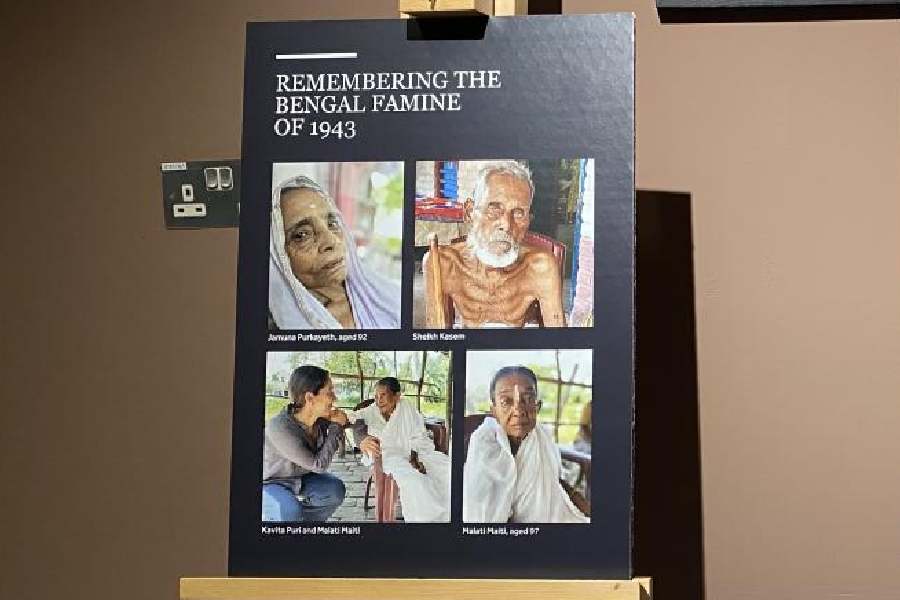What is osteoporosis?
lBasically it is severe bone loss leading to formation of cavities within the bone. The resulting porous bone is fragile and susceptible to fractures.
What causes it?
lDoctors say osteoporosis is the result of too little bone formation during youth and too much bone loss in old age. Bone is constantly formed and dissolved in the body. More bone is formed than is dissolved until the age of about 30 when the body achieves peak bone mass. After 30, the natural bone loss exceeds bone formation.
What are the symptoms?
lNone. The deterioration of the bone structure is a silent, insidious process. Often, it is detected only when an elderly patient suffers a fracture. But there is a special X-ray based technique that can measure bone density.
How dangerous can it be?
lBones can become so brittle that a fall from even a low height can cause fractures. In severe cases, a violent sneeze or even a sharp bend forward may snap bones.
Who is at risk?
lWomen are more vulnerable but men can get osteoporosis too. Generally, it is an older people’s disease but it might affect others as well. For example, those with vitamin D deficiency and women who experience menopause before the age of 45. Prolonged use of certain medications such as oral steroids add to the risk.
Can it be treated?
lThere is no cure but it can be treated with calcium and vitamin D. A number of drugs such as bisphosphonates, calcitonin, oestrogen, and raloxifene can slow or stop bone loss.










